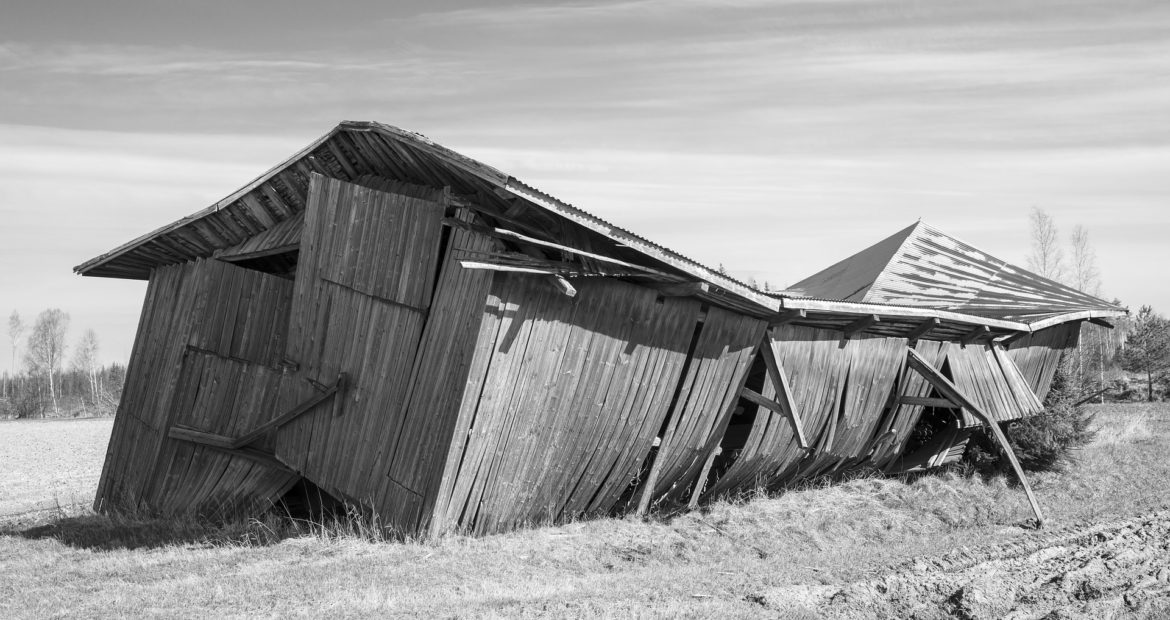Introduction
Failures in buildings and bridges can have serious consequences, including personal injury, property damage, economic disruption, and loss of life. Understanding the causes of these failures and how to prevent them is critical for ensuring the safety and reliability of our built environment. In this article, we will explore the different types of structural failures that can occur in buildings and bridges, the consequences of these failures, and strategies for preventing them.
Types of Structural Failures
Structural failures in buildings and bridges can be caused by a variety of factors, including design flaws, construction errors, and external events such as natural disasters.
Design failures occur when the design of a building or bridge is inadequate to support the loads it will be subjected to, or when the design is not adequately implemented in the construction process. For example, the collapse of the Ronan Point apartment building in 1968 was caused by a design flaw that allowed the building’s gas pipes to rupture, leading to an explosion that caused the collapse of a section of the building. Similarly, the collapse of the Hyatt Regency walkway in 1981 was caused by a design error that resulted in inadequate support for the suspended walkway.
Construction errors can also contribute to structural failures. For example, the collapse of the Savar building in Bangladesh in 2013 was caused by the use of substandard materials and the addition of unauthorized floors to the building. Similarly, the collapse of the Hard Rock Hotel in New Orleans in 2019 was caused by a failure to follow proper construction procedures, leading to the collapse of a portion of the building under construction.
External events such as natural disasters can also cause structural failures. The collapse of the World Trade Center towers on September 11, 2001, for example, was caused by the impact of the planes and the subsequent fires, which exceeded the structural capacity of the buildings. Similarly, the collapse of the FIU pedestrian bridge in 2018 was caused in part by the failure to properly design the structure to withstand the effects of Hurricane Irma, which had struck the area the previous year.
Consequences of Structural Failures
Structural failures in buildings and bridges can have a range of negative consequences. Personal injury and loss of life are perhaps the most serious consequences of these failures, and they can have a devastating impact on individuals and communities. Property damage is another common consequence of structural failures, and it can be expensive to repair or replace damaged buildings and bridges. Economic disruption is also a common consequence of structural failures, as the loss or closure of a building or bridge can disrupt businesses and other activities that rely on those structures.
Preventing Structural Failures
Preventing structural failures in buildings and bridges requires careful planning and attention to detail at every stage of the design and construction process. This includes conducting thorough assessments of the site and the loads that the structure will need to support, using appropriate materials and construction techniques, and regularly inspecting and maintaining the structure to ensure its continued safety and integrity.
For example, proper site assessments can help identify potential hazards such as unstable soil or high winds, which can be taken into account in the design of the structure. Using appropriate materials and construction techniques is also critical, as substandard materials or improper construction practices can compromise the integrity of the structure. Regular inspections and maintenance can help identify and address potential issues before they become serious problems.
Conclusion
Failures in buildings and bridges can have serious consequences, but they can often be prevented through careful design, construction, and maintenance practices. Ensuring the safety and reliability of our built environment requires ongoing attention to detail and a commitment to excellence in every aspect of the construction process.


